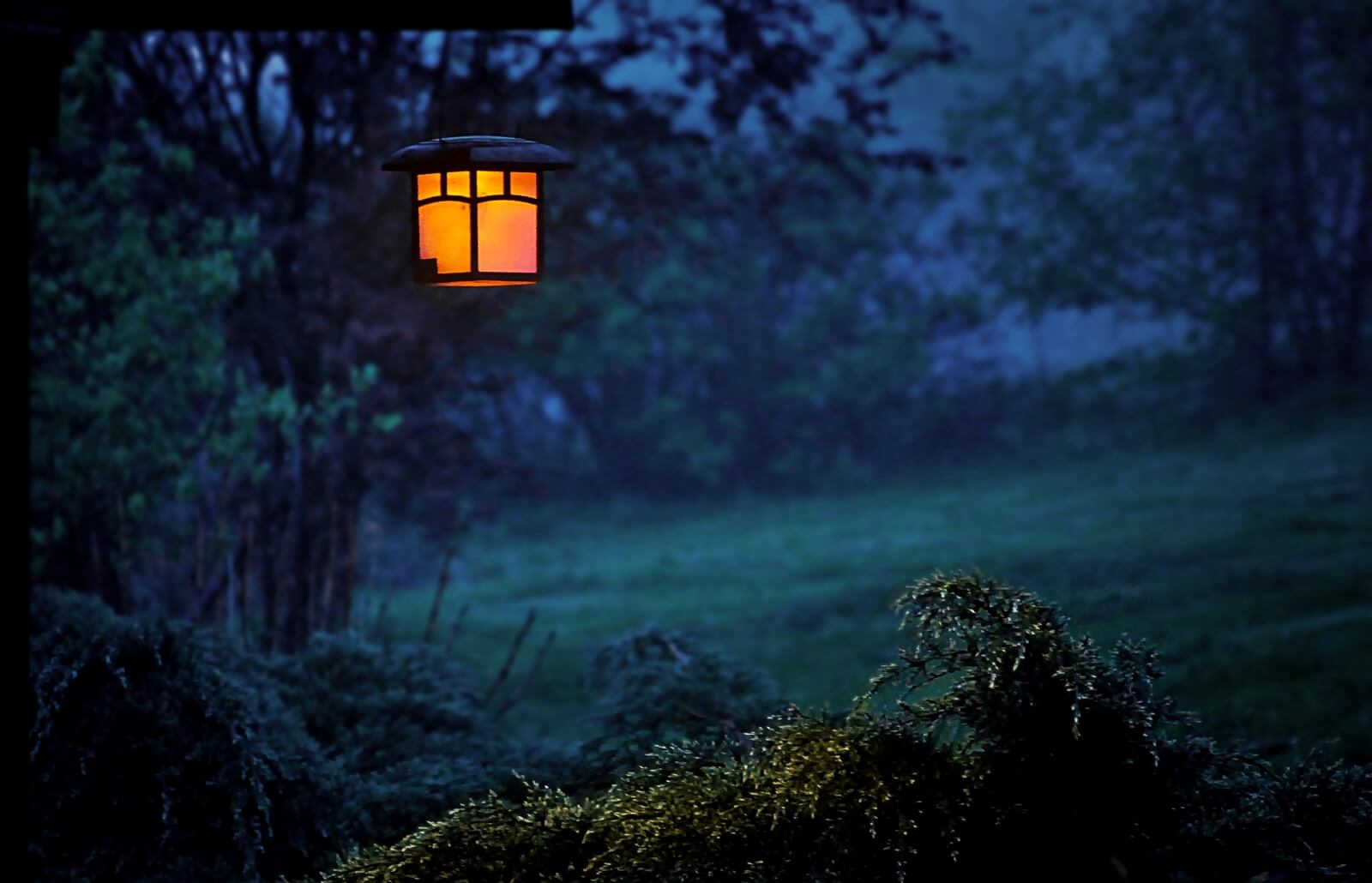Articles
You can find the most visited places at our article section, you can find the proper knowledge of your destination with the help of our article section.
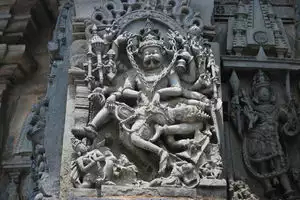
Hoysala Temple
★ ★ ★ ★ ☆
Between the 10th and 14th centuries, the Hoysalas ruled a large section of central South India. Their empire is marked out in history as being responsible for the advancement of the arts in that region, and architects, artists and literary figures all found space to flourish there, allowing a number of new techniques and ideas to evolve. The Hoysala temples are of particular note, not only for their architecture but also for the sculptural art that came with them, which focused intensely on the qualities of feminine beauty and delicacy. The Hoysaleswara temple at Halebidu is one of a pair, which is part of a Hindu complex of religious buildings set beside a lake. Guarded by a large, monolithic statue of a Nandi bull (the mount of Shiva the Destroyer), it holds a spectacular wealth of soapstone sculptures of all shapes and sizes, both secular and religious in subject matter. Soapstone is a delicate material but lends itself well to the creation of detailed, fine carving; it is relatively soft and even-textured, ranges from deep pink to white and looks similar to marble when polished. Its characteristics are exploited to the utmost here: row upon row of intertwined animals, dancers, mythical monsters and Hindu divinities, no two the same, line every surface and appear surreal and glorious in the temple's half-light.
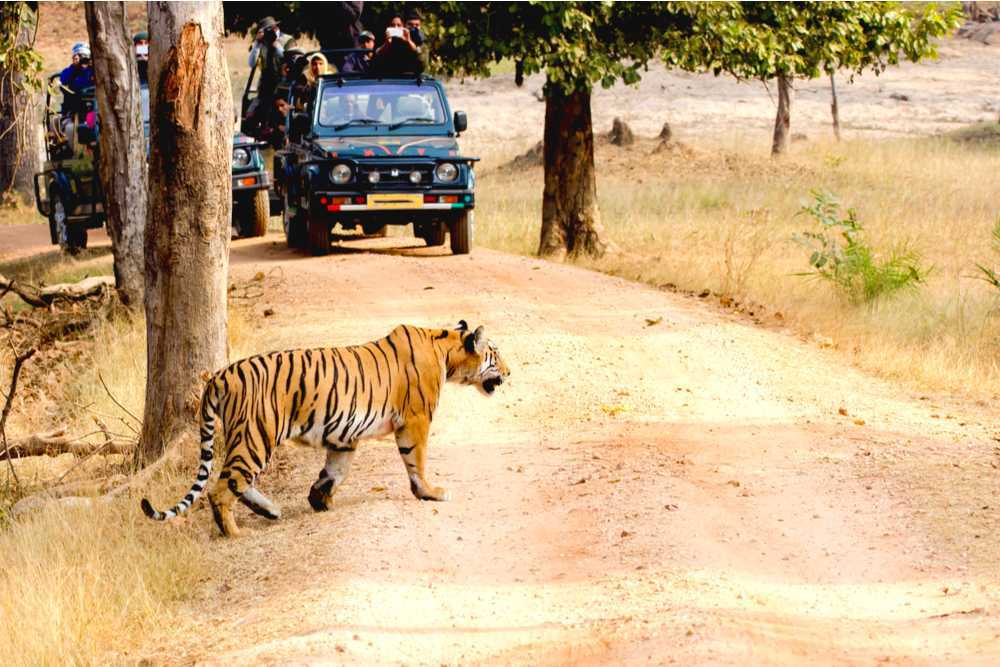
Pench National Park
★ ★ ★ ★ ★
With the majestic Pench river flowing through the greens and a variety of wildlife to be spotted in the rocky terrains, Pench National Park served as an inspiration for the famous novel 'The Jungle Book'. One can enjoy many different experiences along with the wildlife safari on the boat rides, such as catching a glimpse of the tribal life and viewing some famous local dams and temples along the way. The Pench National Park is open to visitors from 1st October to 30th June each year. It remains closed during the monsoon season. Generally, the months of November to February is considered to be the best time to visit the park. The entry fee to the park is INR 15 for Indians and INR 150 for foreigners. The timings are from 6 AM to 11 AM in the mornings, and then from 3 PM to 6 PM. Light vehicles and 15 seater buses are allowed on the premises. An open jeep Jungle Safari is available for both day and night. There is also the option of taking a beautiful boat ride or boat safari to explore Pench and the surrounding areas, across a stretch of 17 km.
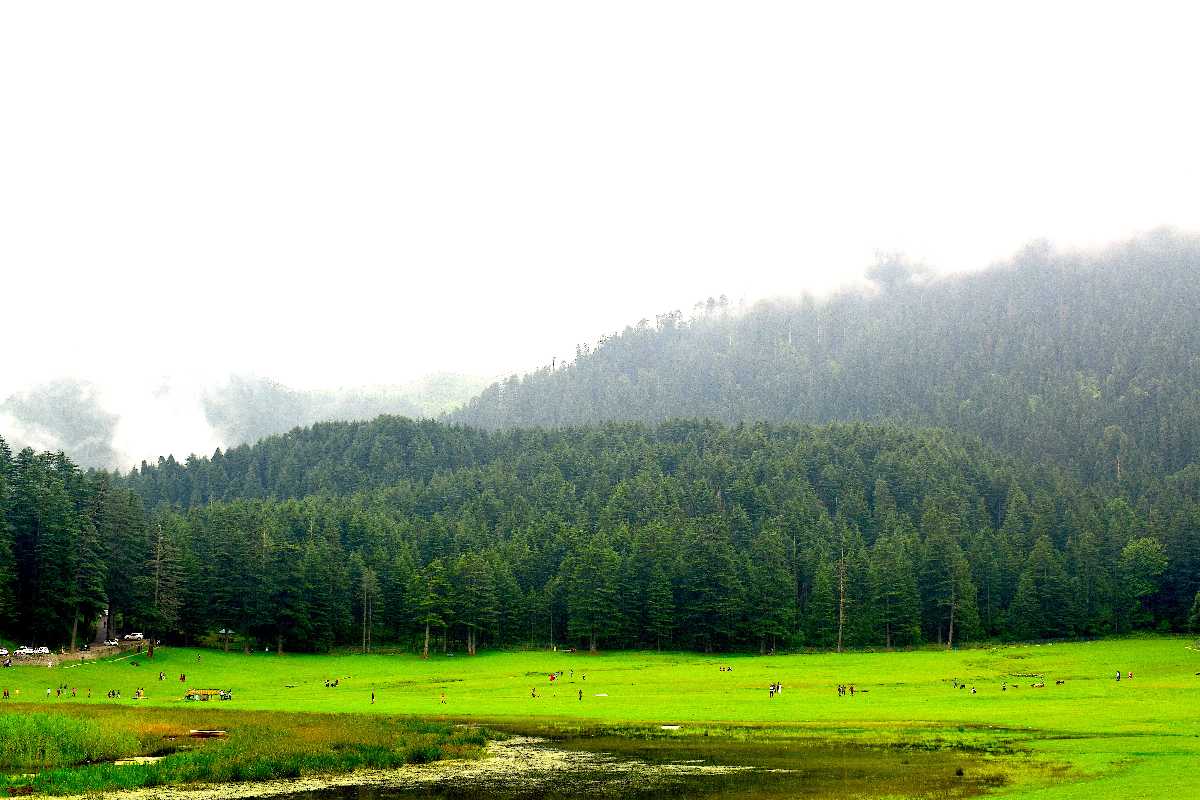
Khajjiar
★ ★ ★ ☆ ☆
Often referred to as 'mini-Switzerland of India', Khajjiar is a small town located close (20km) to Dalhousie and is great for a day or overnight trip. Khajjiar is known for its picture perfect grassy meadows.There is a small lake in the middle of the meadow and you could enjoy the scenery by yourself or take part in some of the adventure sports including paragliding, zorbing, and horse-riding. Located at an altitude of 6,500 feet, Khajjiar is also known for its nine-hole golf course which is nestled in the midst of lush greenery and a breathtaking landscape. However, the way to Khajjiar can be closed sometimes during winters because of heavy snowfall. Visit Kalatop Wildlife Sanctuary on your way from Dalhousie to Khajjiar. The mesmerizing beauty of this place has greatly influenced and inspired many kingdoms throughout the years, including the Rajputs and Mughals. The Khajji Nag temple was built in the 12th century and has been attracting devotees ever since.
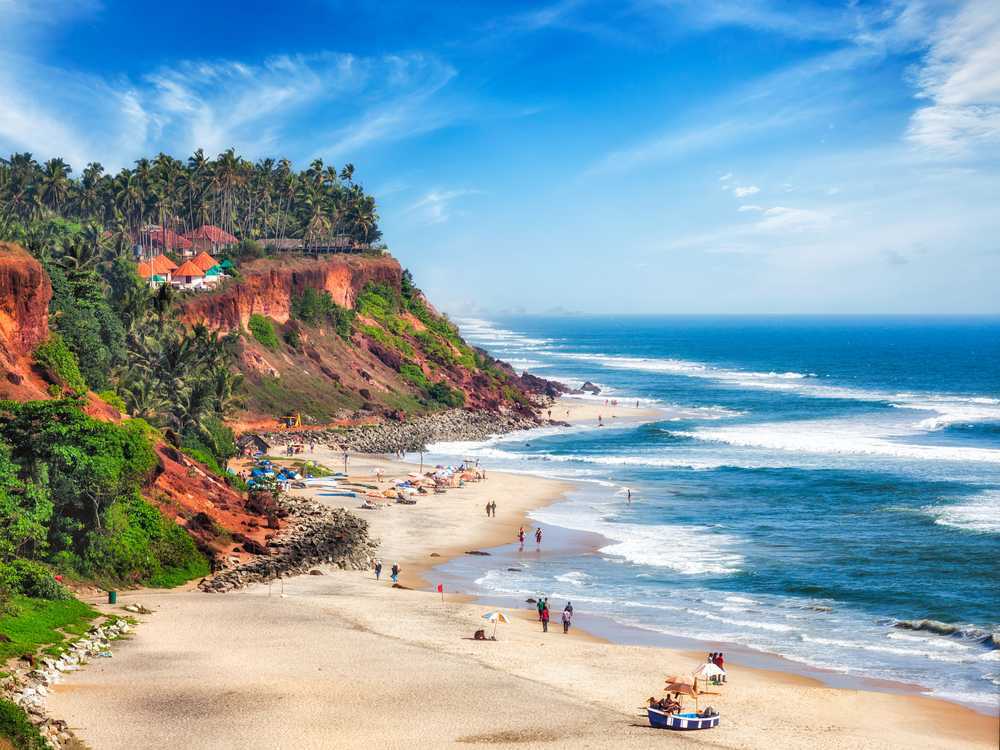
Varkala
★ ★ ★ ★ ☆
Varkala is a coastal town in the southern part of Kerala known for the unique 15m high 'Northern Cliff' adjacent to the Arabian Sea. It is popular for its hippie culture, shacks on the cliff serving great seafood and playing global music and the samadhi of Kerala's saint Sree Narayana Guru. Varkala is also known for Jardana Swami Temple, also known as Dakshin Kashi. Varkala has some of the best pristine beaches, hills, lakes, forts, lighthouses, natural fisheries and springs - all of this together makes this town a little paradise. You will also find a lot of shops with signboards in Hebrew selling Yoga mats, oxidised silver jewellery and harem pants made of cotton. Ayurvedic spas, affordable resorts, hostels, clean beaches make it a must-visit city of Kerala.
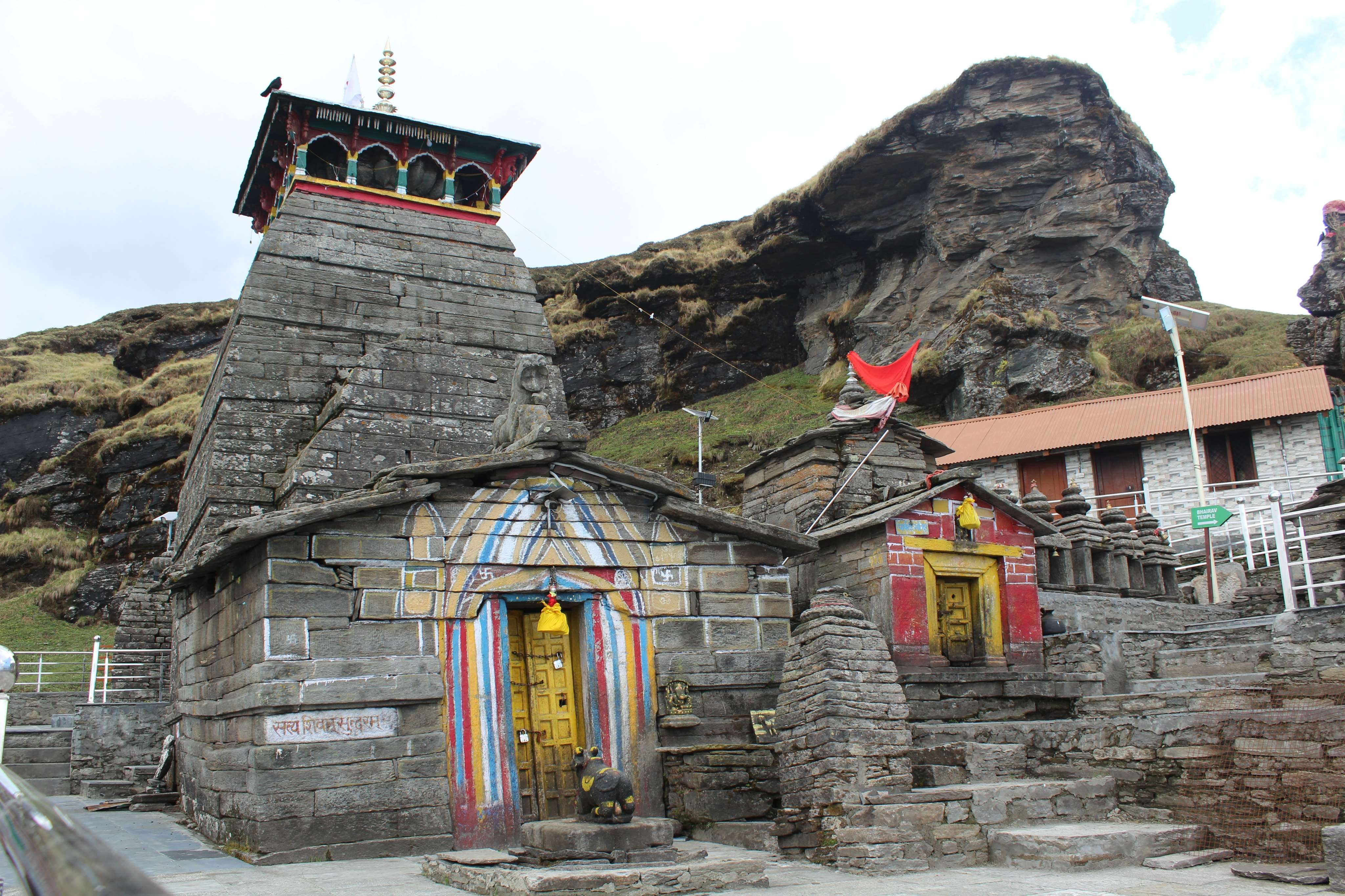
Kedarnath
★ ★ ★ ★ ☆
One of the most revered temple destinations of India, Kedarnath town is nestled in the mighty Garhwal Himalayas. The town, built around the revered Kedarnath temple, is located at an altitude of 3,580 m, near Chorabari glacier, which is the source of the Mandakini river. Dedicated to Lord Shiva, the ancient temple has exquisite architecture and is built of extremely large but evenly shaped grey stone slabs. A conical rock formation inside the temple is worshipped as Lord Shiva in his “Sadashiva” form. The Kedarnath temple, dedicated to Lord Shiva, is a part of Char Dham pilgrimage circuit, and is one of the 12 Jyotirlingas of Lord Shiva in India. Behind the Kedarnath temple, stand the Kedarnath peak, Kedar Dome and other Himalayan peaks. The historical name of this region is "Kedar Khand" and legend says, the Pandavas from the epic Mahabharata, after having defeated the Kauravas, felt guilty of having killed so many people and sought the blessings of Lord Shiva for redemption. The Lord eluded them repeatedly and took refuge at Kedarnath in the form of a bull. The Lord dived into the ground, leaving his hump on the surface at Kedarnath. The remaining portions of Lord Shiva appeared at four other places and are worshipped there as his manifestations. The arms of the Lord appeared at Tungnath, the face at Rudranath, the belly at Madmaheshwar and his locks (hair) at Kalpeshwar. The Kedarnath and four above mentioned shrines make the revered Panch Kedar pilgrimage circuit.
